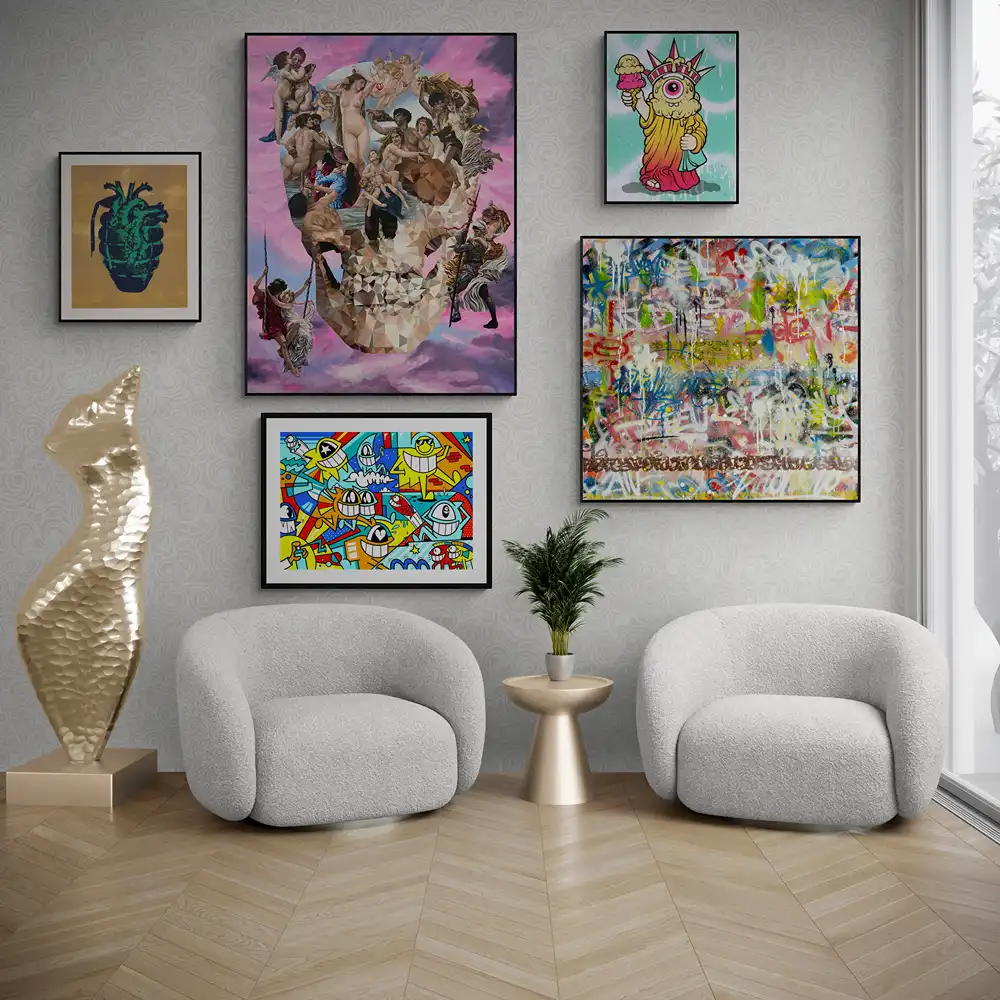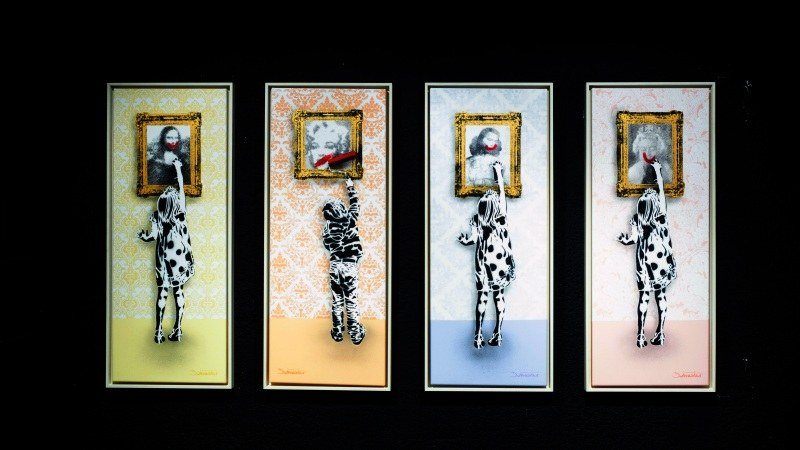Lighting plays a crucial role in showcasing the beauty and intricacies of art, and this holds especially true for urban art. Whether it’s a vibrant graffiti indoor mural or a thought-provoking street art print, proper lighting can enhance the visual impact, colors, and details of urban art pieces. In this blog post, we will explore various techniques for lighting art to ensure optimal presentation and create an immersive experience for viewers.

Consider Natural Lighting
When displaying urban art, take advantage of natural lighting whenever possible. Natural light brings out the true colors. Not to mention the textures of the artwork, allowing viewers to appreciate the nuances of the piece. Position the artwork in a well-lit area near windows or skylights, avoiding direct sunlight to prevent fading or damage.
Use Adjustable Track Lighting
For controlled lighting, consider using adjustable track lighting. This lighting system allows you to direct the light precisely onto the urban art piece, highlighting specific areas or details. By adjusting the angle and intensity of the lights, you can create depth, shadows, and highlights, adding dimensionality to the artwork.

Employ Spotlights or Picture Lights
Spotlights or picture lights are excellent choices for illuminating individual art pieces. These fixtures can be mounted above or below the artwork. That casting of focused light on the piece creates a dramatic effect. Picture lights with adjustable arms offer flexibility in positioning the light source precisely where desired. All of that is allowing you to emphasize specific elements of the artwork.
Install LED Lights
LED lights are energy-efficient, long-lasting, and emit minimal heat, making them ideal for illuminating urban art. These LED strip lights or puck lights can be discreetly installed around the edges or behind the artwork, providing a subtle and evenly distributed illumination. LED lights also offer the advantage of adjustable color temperature, allowing you to customize the lighting to suit the mood and color palette of the art.

Experiment with Colored Lighting
To add a unique and creative touch to urban art, experiment with colored lighting. Colored gels or LED bulbs in different hues can evoke different emotions and alter the overall ambiance of the space. Carefully select colors that complement or contrast with the artwork to create captivating visual effects and emphasize specific elements or themes within the piece.
Incorporate Ambient Lighting
In addition to focused lighting on the artwork, consider incorporating ambient lighting to enhance the overall atmosphere. Ambient lighting, such as wall sconces, floor lamps, or recessed lighting, creates a warm and inviting environment, allowing viewers to appreciate the artwork in a well-balanced setting. The ambient lighting should complement the style and theme of urban art, enhancing its impact.

When it comes to showcasing urban art, lighting is a critical factor that can greatly influence the viewer’s experience and appreciation. By considering natural lighting, utilizing adjustable track lighting, spotlights, or picture lights, installing LED lights, experimenting with colored lighting, and incorporating ambient lighting, you can create an immersive and captivating presentation for urban art pieces. Remember to regularly maintain and adjust the lighting to ensure the optimal display of the artwork. With these techniques, you can elevate the impact of urban art, allowing viewers to immerse themselves in its vibrant colors, intricate details, and thought-provoking messages.
Cover image: The Dotmaster

Leave a Reply